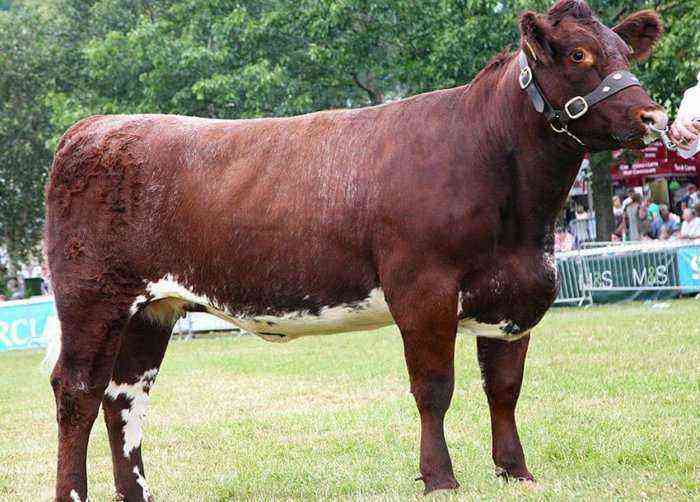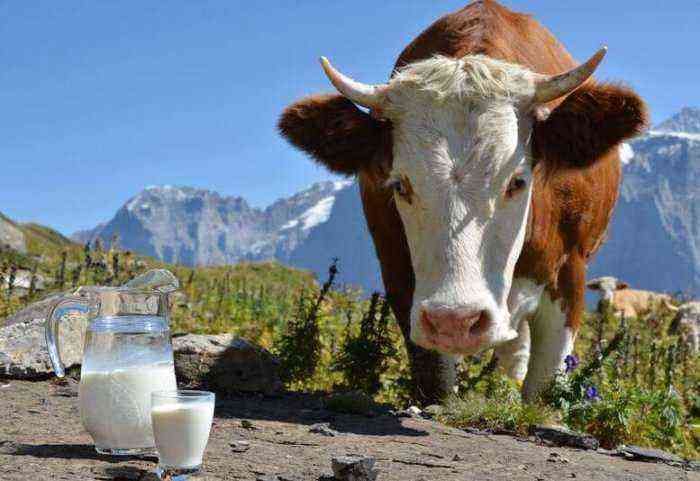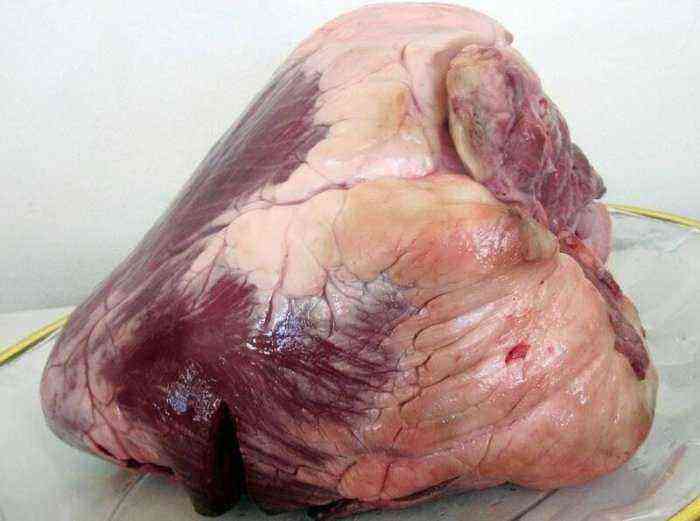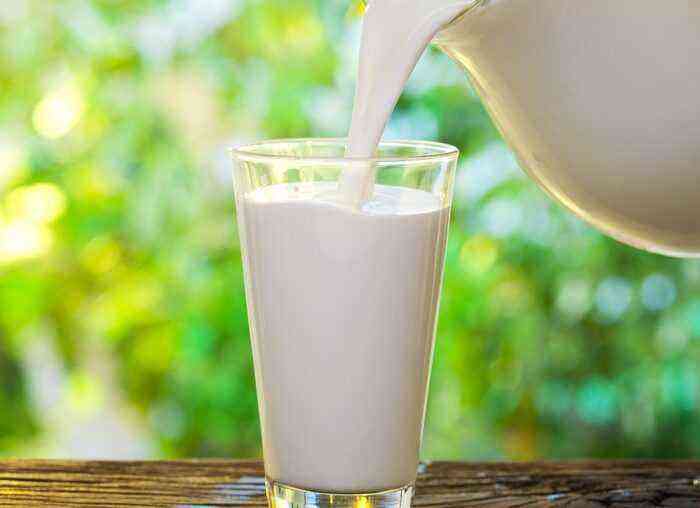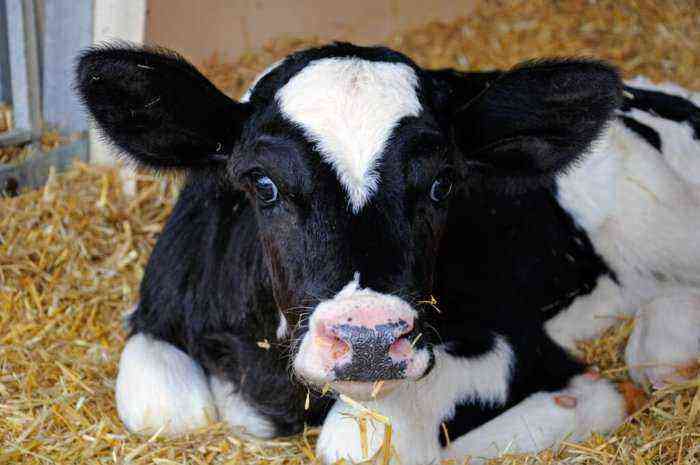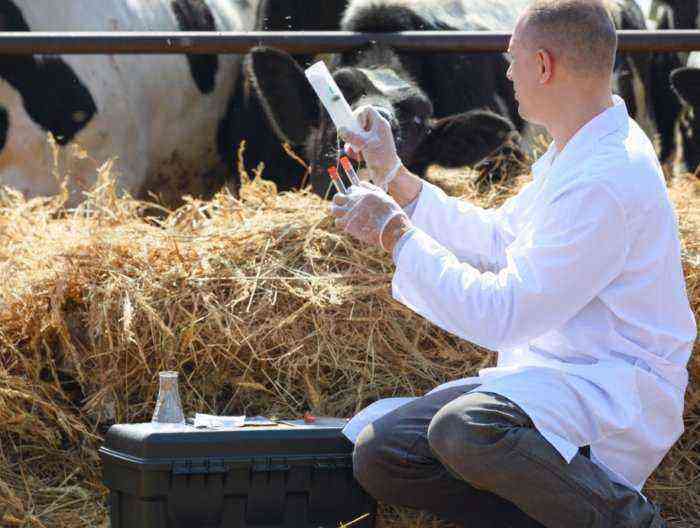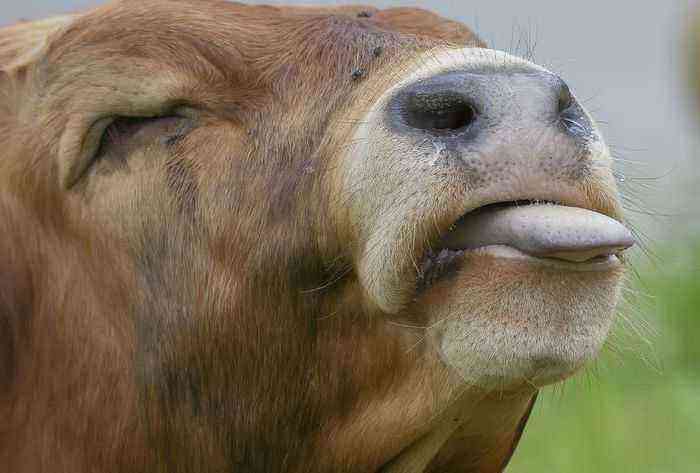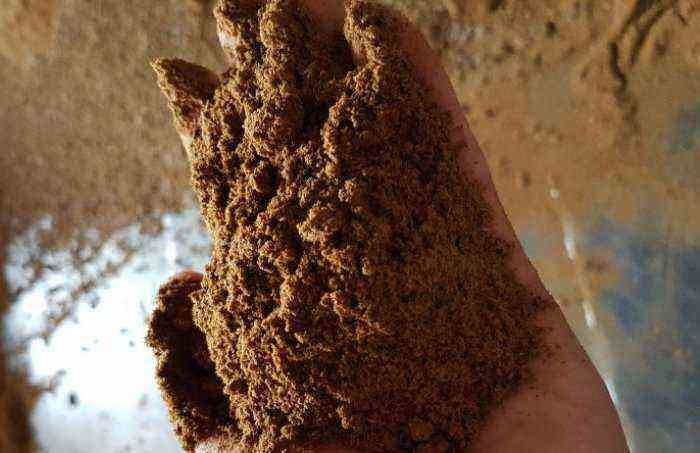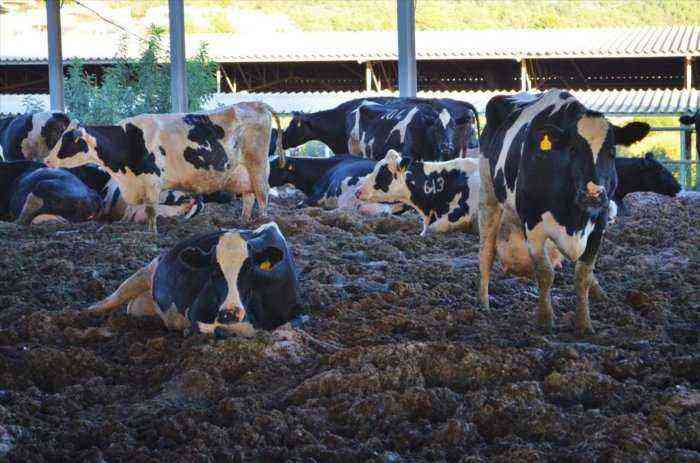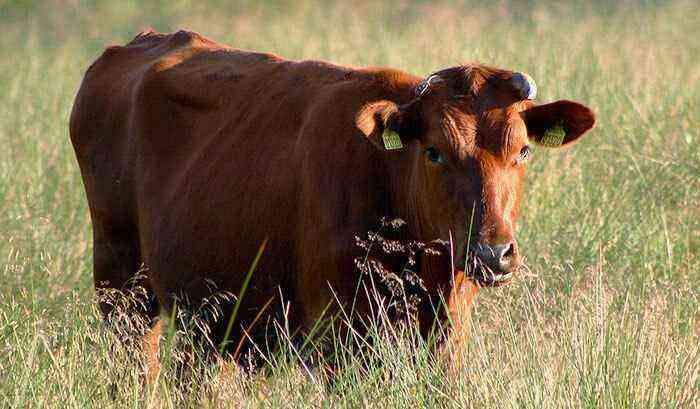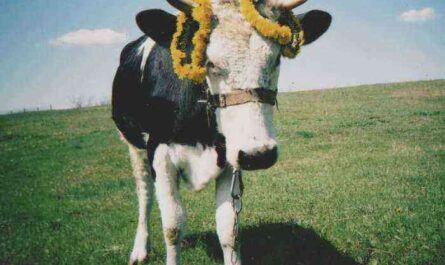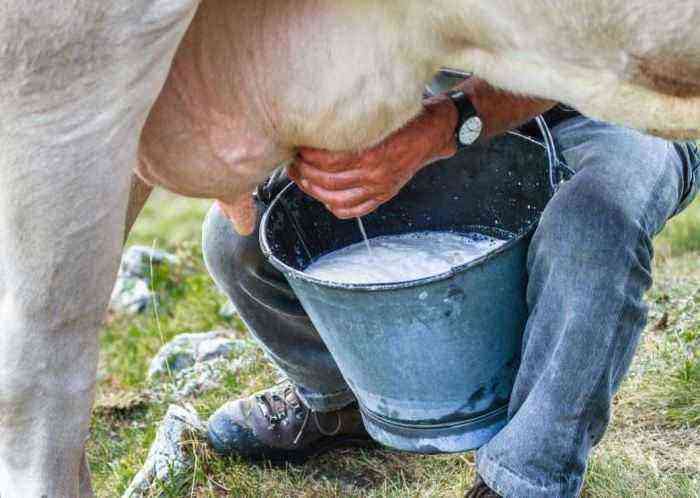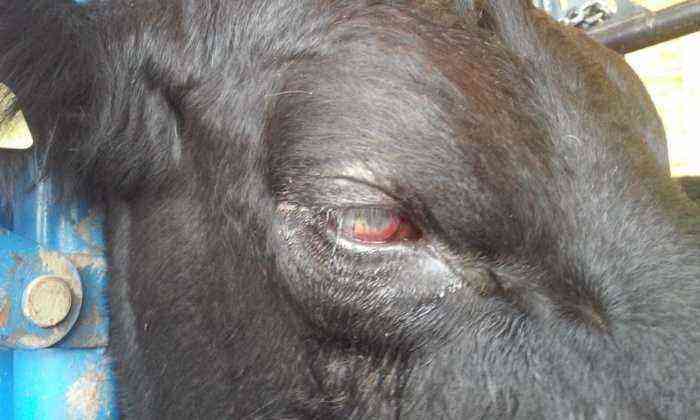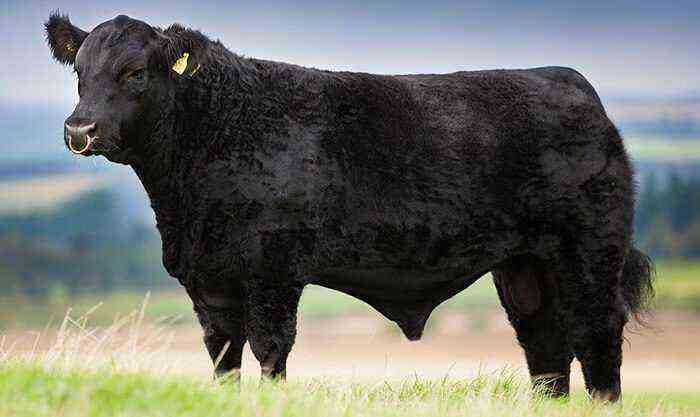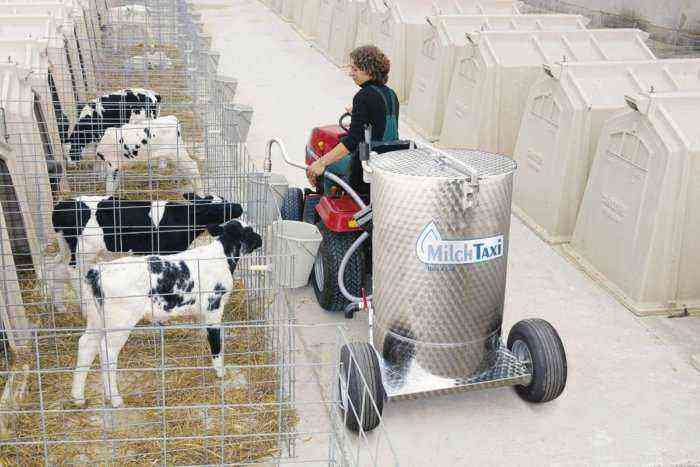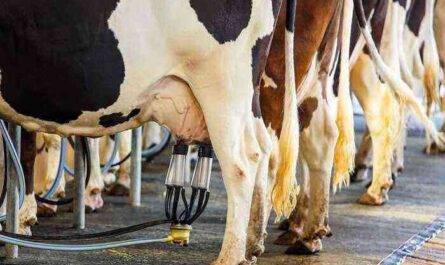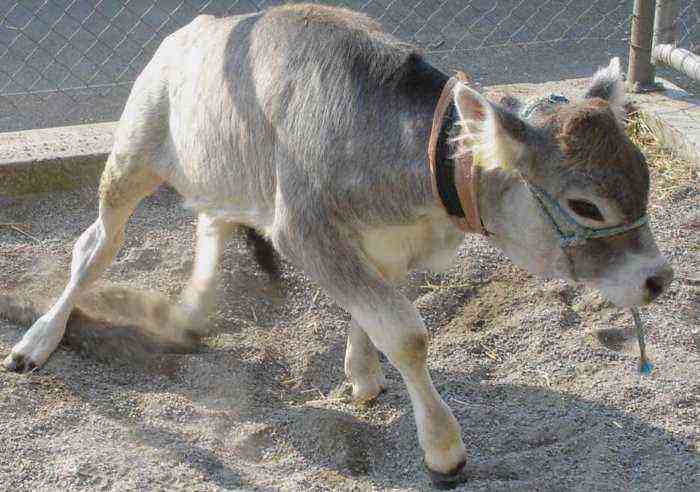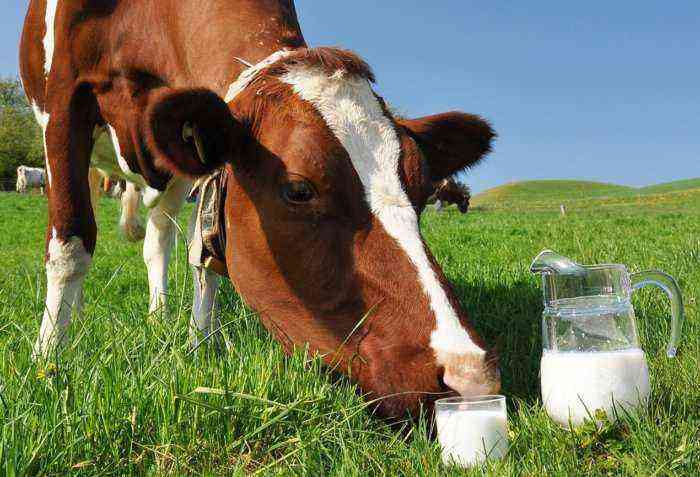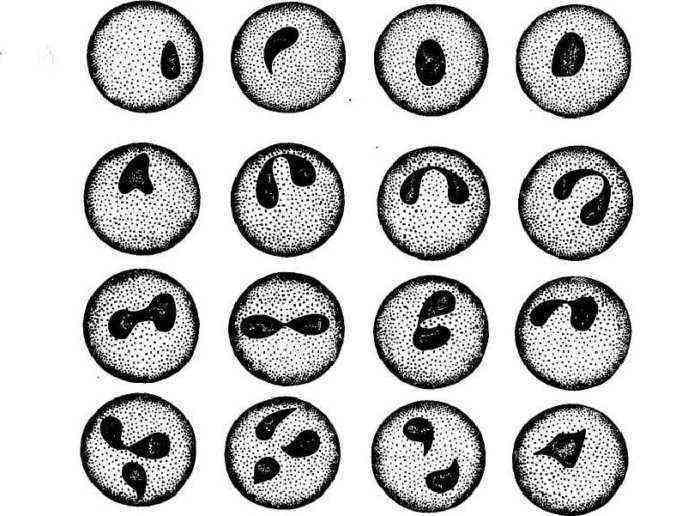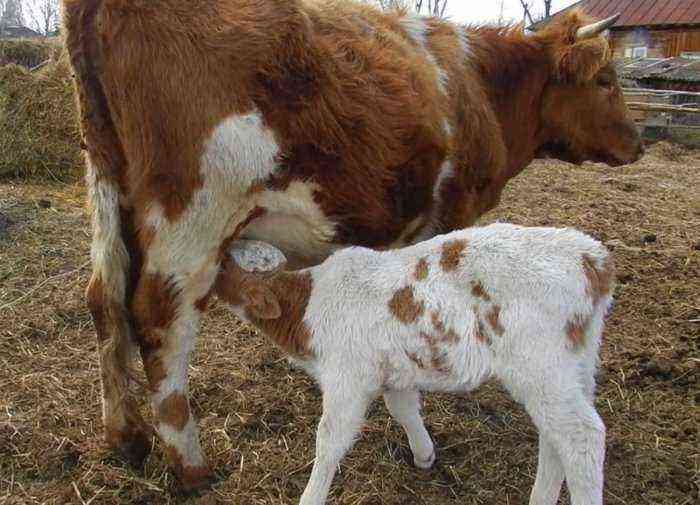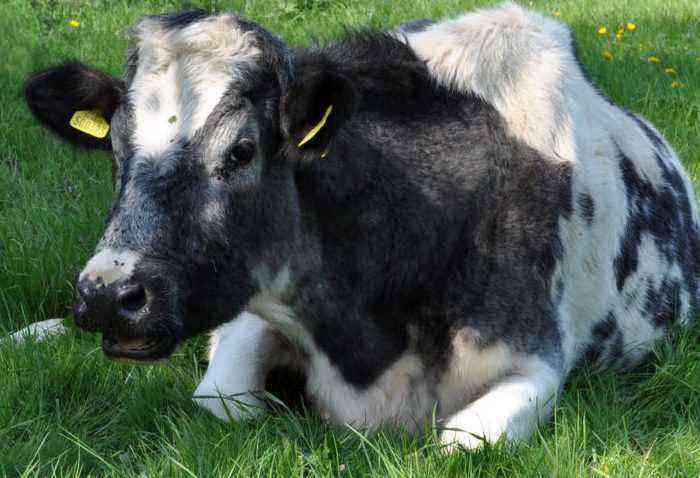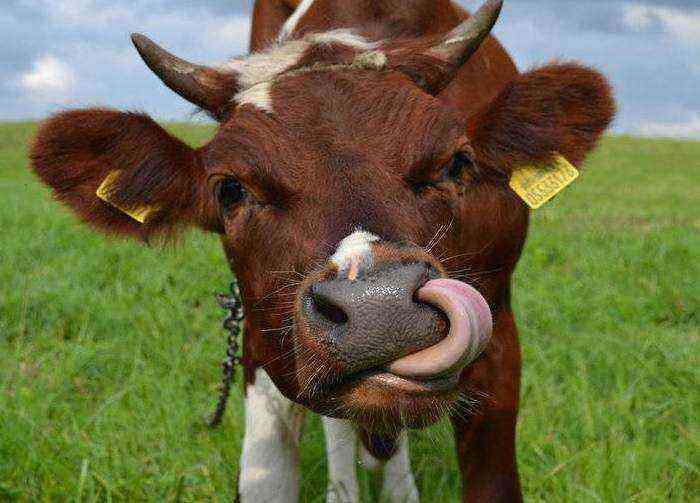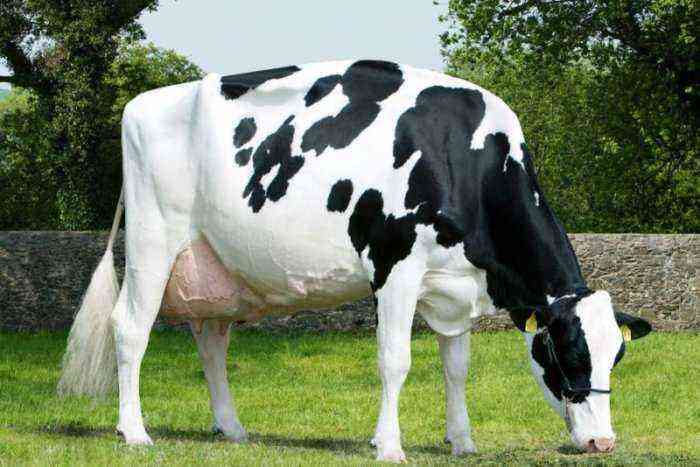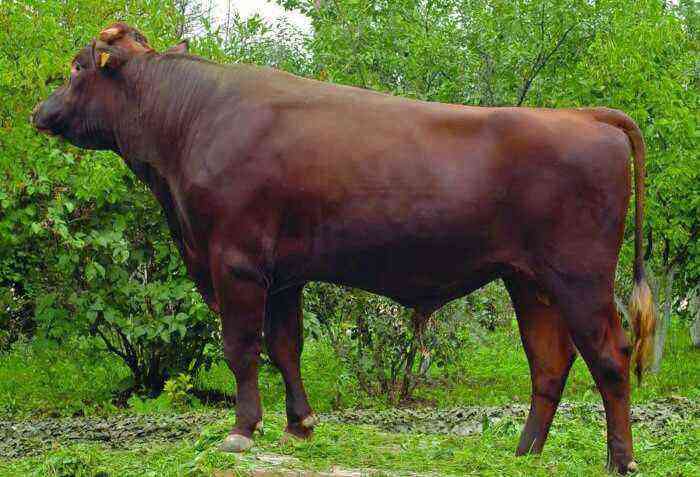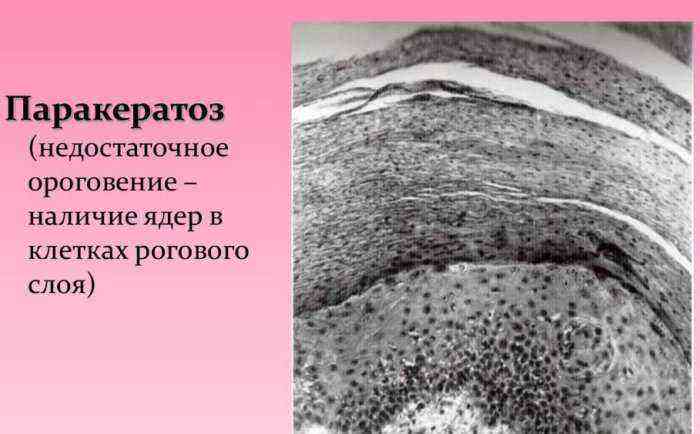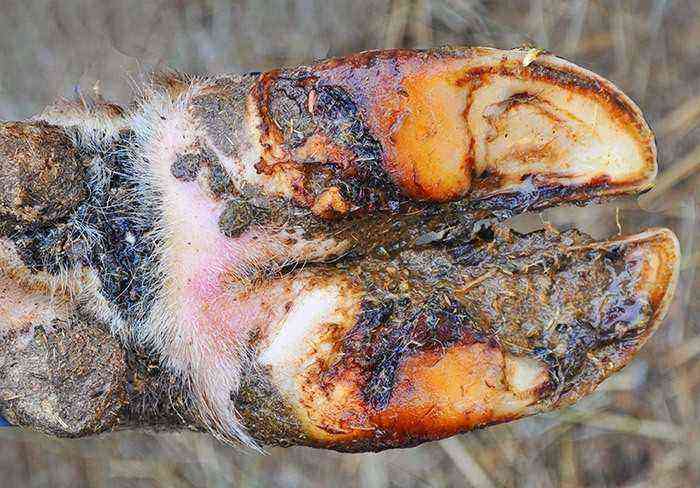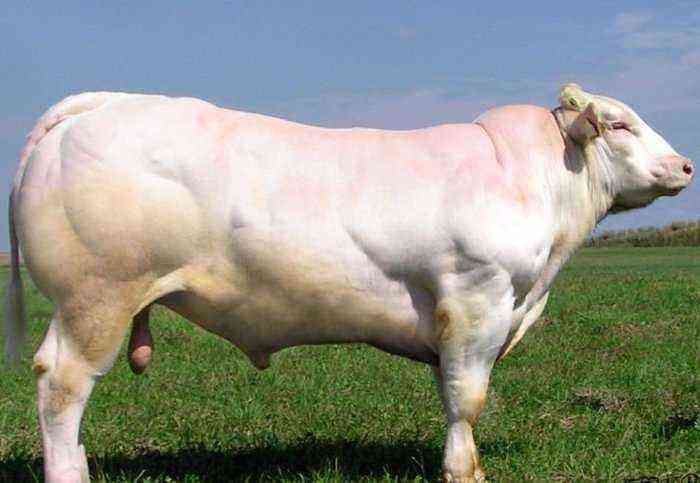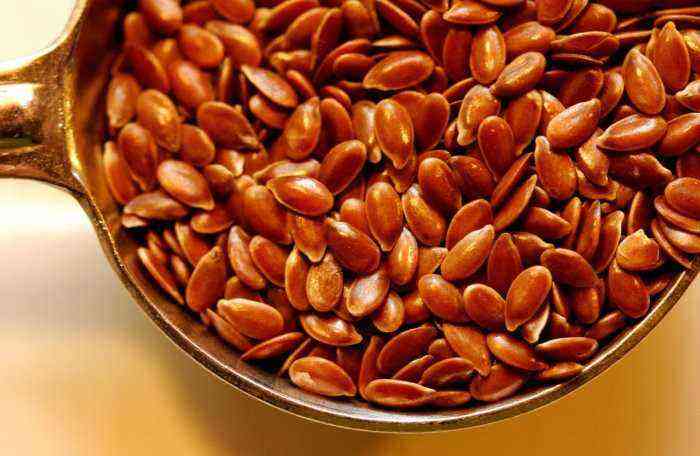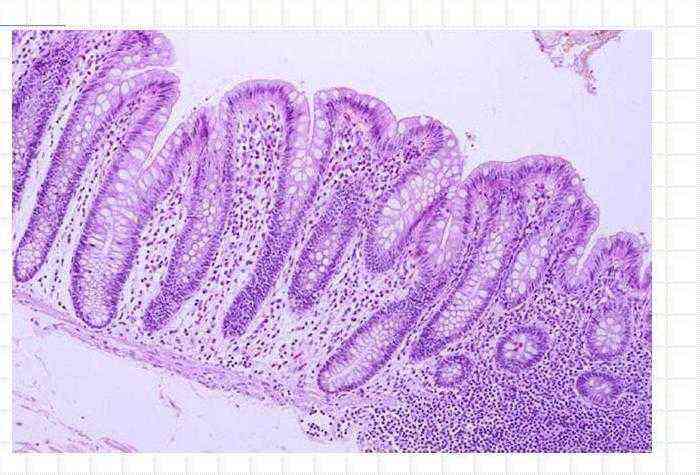With untimely vaccination, animals can become infected with infectious diseases, for example, lumpy dermatitis in cattle. The death from the disease is up to 10% of the available livestock, this causes serious financial damage to the farm. In sick cows, milk production decreases, and growing young animals cease to please with weight gain. Coatings at this time are often unsuccessful, as the bulls become temporarily sterile.
Nodular dermatitis in the calf
Historical background
Initially, bovine lumpy skin disease was diagnosed in African countries in the early 20th century. Later, the disease hit the farms of India. Other names for this disease are nodular dermatitis or tubercles. By 2014, the largest number of foci of infection was registered in Turkey, there were more than 200 of them.
In 2015 lumpy skin disease of cattle was brought to Russia. At the same time, the infection came to Dagestan and Armenia. By 2017, Serbia, Croatia, Macedonia and other countries were infected. At the moment, outbreaks of lumpy skin disease in cows are recorded around the world.
Sources of infection
Lumpy skin disease is a viral infection caused by a pathogen of the genus Capripoxvirus. Tubercle affects not only cows, it is also dangerous for goats or sheep.
Ways of transmission of the virus:
- contact with sick animals;
- through insect bites (usually mosquitoes or horseflies);
- contact with slaughter products of sick animals or with their biological fluids;
- seeded inventory;
- contaminated feed;
- sexual contact between animals.
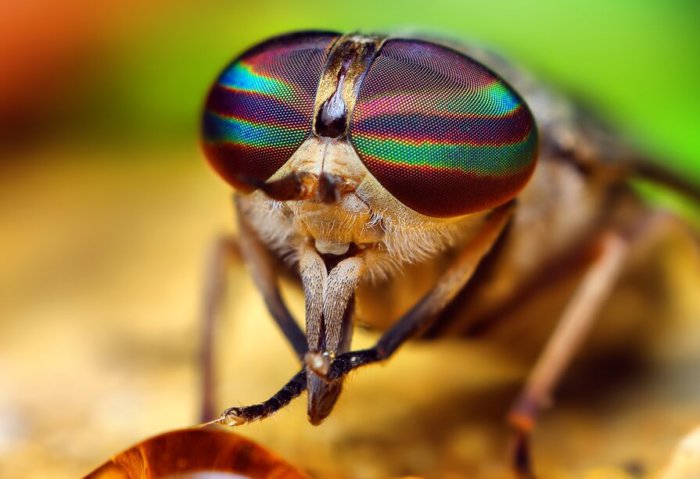
A horsefly bite can cause illness
Infection occurs quickly, the disease affects from 5 to 45% of healthy livestock. The distribution mechanism is not fully understood by scientists. Not all animals kept in the same room get sick, some cows can stand next to infected individuals, but not be infected. Most often outbreaks of nodular dermatitis occur in the summer. Farms located in swampy lowlands are at particular risk. The disease lasts 3-4 weeks, but if complications occur, the recovery process may be delayed.
Attention! The causative agent that causes lumpy dermatitis in cattle is very tenacious!
The virus is able to endure up to 3 cycles of defrosting and freezing. At temperatures above 0 degrees Celsius, the pathogen can remain on surfaces with which infected cattle have come into contact for up to six months.
Symptoms and signs
The signs of lumpy skin disease in cattle are similar to those of smallpox, but do not have such a clear difference in stages. When infected, after 5-6 days, seals resembling tubercles begin to appear under the skin. Around each of them, the skin becomes inflamed, the diameter of the lesion can reach 20 cm. At this moment, the animal has a fever, weakness, and thirst. With a complicated course of the disease, muscle tissue is drawn into this process.
2-4 days after the temperature began to rise, the virus is already detected in blood samples. At this point, the mucous membranes are affected, and then the vessels. After the virus attacks the lymphatic system, non-healing wounds appear on the skin. In some cases, a septic complication and death of the cow occurs.
Symptoms of nodular dermatitis in cattle:
- hyperthermia – an increase in body temperature over 40 degrees;
- decreased appetite;
- runny nose, lacrimation;
- the formation of dense tubercles up to 0,5 cm high and up to 7 cm in diameter;
- wool falls out in the center of the nodules and the necrotic process begins;
- after 7-20 days, the affected areas dry up, and the crust disappears from them;
- the milk of lactating cows becomes thick and pinkish;
- enlarged lymph nodes;
- ulcerations appear on the mucous membranes;
- the onset of complete or partial blindness is possible;
- sometimes there is an onset of suffocation.
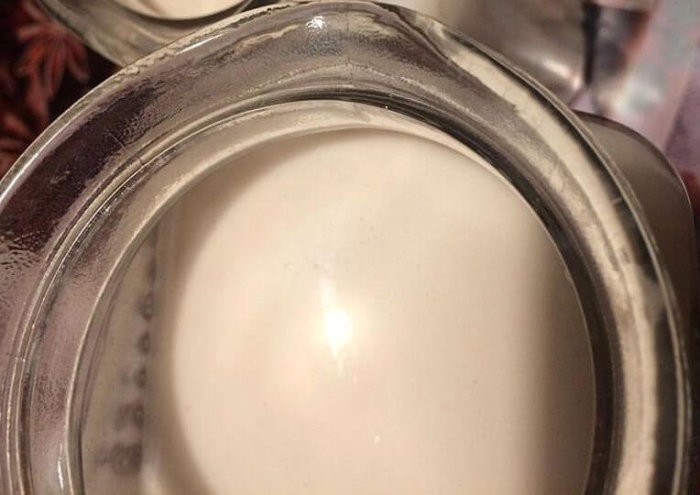
Milk from lactating cows becomes thick and pinkish
With an atypical form of tubercles, animals develop diarrhea, fever, but no skin lesions. This course of the disease makes diagnosis difficult.
Attention! Atypical lumpy skin disease is most common in calves.
After recovery, skin tubercles disappear in animals, hair grows back. Lumpy dermatitis can give complications:
- tracheitis;
- pneumonia;
- joint damage.
Bulls that have been ill often become sterile temporarily. Cows may also experience sexual problems, including the absence of estrus within 5-6 cycles.
Diagnosis
Lumpy skin disease in cattle is diagnosed by a veterinarian based on:
- external inspection of livestock;
- histological examination of tissues;
- biological sample;
- study of clinical data;
- laboratory isolation of virus in samples.
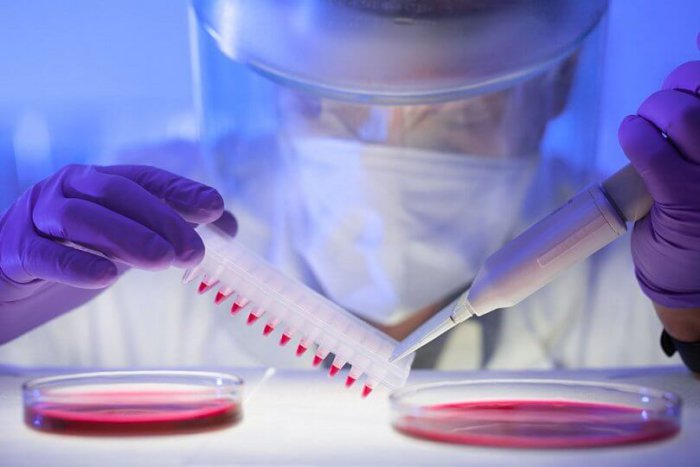
Lumpy dermatitis is diagnosed in the laboratory
Only after a visual examination and research, the veterinarian establishes a diagnosis and prescribes treatment. Very often, nodular dermatitis is confused with other diseases that have similar symptoms:
- demodicosis;
- hives;
- skin form of tuberculosis;
- smallpox;
- streptotrichosis;
- epizootic lymphangitis;
- consequences of tick bites or gadflies;
- post-vaccination edema.
In order to give a correct conclusion, you need to know the differences between these diseases and lumpy dermatitis. Sometimes it is impossible to conduct clinical and laboratory studies for a number of reasons, in which case the diagnosis is made on the basis of an external examination.
Differences of nodular dermatitis from other diseases with similar symptoms:
- when biting gadflies, the integrity of the skin over the central part of the nodules is violated;
- with nodular dermatitis, unlike urticaria, the epidermis begins to separate along the edges of the tubercles;
- smallpox most often affects only the udder of animals, the damage with it is superficial;
- with tuberculosis in the skin form in cattle, there is no increase in body temperature;
- with demodicosis, the epidermis becomes rigid and thickens;
- with streptotrichosis, lesions are always symmetrical and concentrated in the region of the spinal column, with pressure on them, pus appears.
Sometimes, during the life of the animal, it is not possible to make a correct diagnosis, then a post-mortem autopsy and a pathoanatomical examination of tissues are performed.
Treatment and prevention
To prevent the disease of nodular dermatitis in cattle, a vaccine is given annually. This event gives immunity for 1 year. Calves can be vaccinated from 2 months of age. After the injection, in 10% of animals, a nodule or swelling is observed, which disappears on its own within 2 weeks.
Attention! Only timely vaccination can avoid the disease of the livestock with lumpy dermatitis.
Infected animals are either isolated or eliminated, this will avoid the epidemic. Disinfection measures must be taken in places where livestock are kept. Sick animals are transferred to enhanced nutrition, fed with vitamins.
Most livestock recover on their own. The veterinarian must prescribe symptomatic treatment.

Nitox 200
Nodular dermatitis therapy:
- Nitoks 200 – according to the instructions.
- Bicilin-5 – 3 million units daily for 4 days.
- Tetravit – 5 ml per week.
- Creolin – bathing procedure in it is carried out every 3-4 days.
In severe form of lumpy dermatitis, glucose and sodium chloride are additionally prescribed, 2 liters each during the week. You can also inject 5 ml of caffeine subcutaneously. Some farmers prefer to treat their livestock with folk methods, veterinarians do not recommend doing this. It is forbidden to eat milk and meat of sick animals. If the cow died from lumpy skin disease, then her body must be burned.
